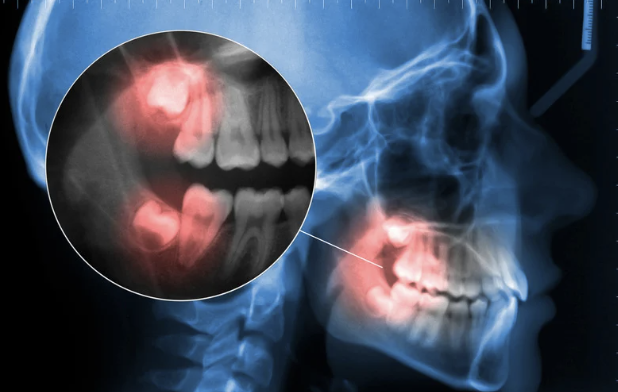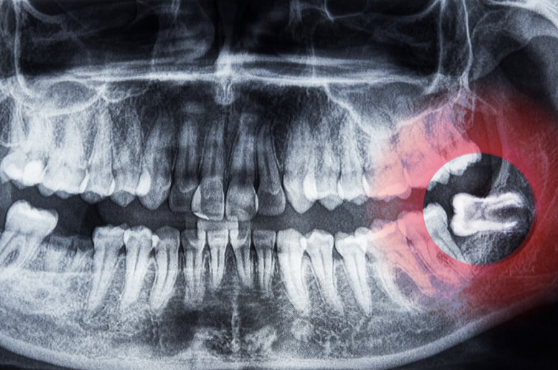For many of us, the arrival of our wisdom teeth signals a major dental milestone—and sometimes, a major dental headache. But what exactly are wisdom teeth, and why do they cause so many problems?
Let’s break it down.

Wisdom teeth are your third set of molars, usually making their appearance between the ages of 17 and 25. Most people have four—two on the top, two on the bottom. They’re called “wisdom” teeth because they come in when you’re older and (theoretically) wiser.
These teeth were useful for our ancestors, who had larger jaws and needed extra chewing power for a coarse diet of roots, raw meat, and nuts. Today, our jaws have evolved to be smaller—so there’s often no room for these late bloomers.
Not everyone has issues with their wisdom teeth, but when problems do arise, they can be serious if left untreated.
Here are some of the most common concerns:
Impaction: When there’s not enough space for the tooth to emerge properly, it may get stuck—or “impacted”—in the gum or jawbone.

Crowding: Wisdom teeth can push on other teeth, causing misalignment and undoing years of orthodontic work.
Decay & Infection: Partially erupted teeth can trap food and bacteria, leading to gum disease, infections, or cavities.
Cysts or Tumors: In rare cases, impacted wisdom teeth can cause cysts that damage bone and nearby teeth.
Not necessarily.
If your wisdom teeth are healthy, fully erupted, and properly aligned—and you’re able to keep them clean—they may not need to be removed. However, regular monitoring is key. Dentists often recommend removing them early (even before symptoms appear) to prevent future issues.
Your dentist will assess your specific case using X-rays and a clinical exam to decide whether extraction is needed.
Wisdom tooth extraction is a common and straightforward procedure, typically performed by an oral surgeon or general dentist. Here’s what to expect:
1. Consultation – Your dentist will review your X-rays and go over the procedure and healing process.
2. Procedure – You’ll be numbed or sedated, and the teeth will be removed in one visit.
3. Recovery – Most people take a few days to rest. You’ll want to stick to soft foods, avoid straws, and follow care instructions to prevent complications like dry socket.

Whether you’re feeling some pressure in the back of your mouth or you’re just curious about what’s going on back there, understanding wisdom teeth can help you make informed decisions about your oral health.
If you’re between the ages of 16–25, it’s the perfect time to have your wisdom teeth evaluated. A quick checkup could save you a lot of discomfort down the road.